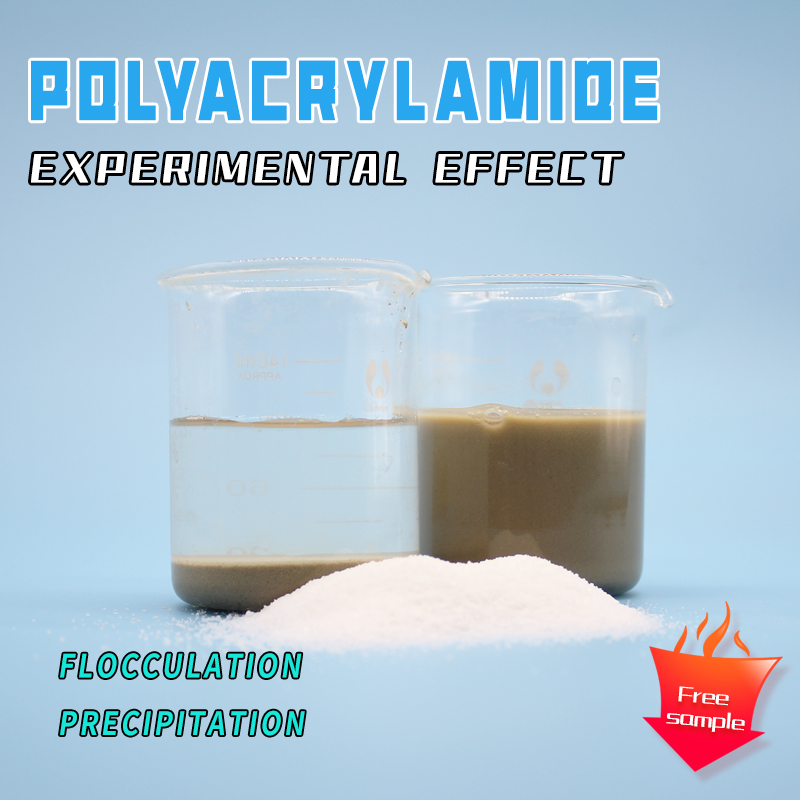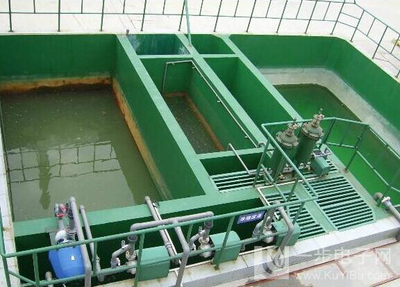How much polyacrylamide is used for 1 ton of water?
Polyacrylamide (PAM) is a polymer compound that is usually used in water treatment and soil improvement. In water treatment, especially when treating large amounts of sewage or mine wastewater, polyacrylamide can have a good decontamination effect.
Dosage of polyacrylamide
The amount of polyacrylamide used depends on the quality of the water and the treatment requirements. Generally speaking, the amount of polyacrylamide required to treat 1 ton of water ranges from tens of grams to hundreds of grams.
The following table lists the range of polyacrylamide required to treat different types of water:
| Water quality type | Polyacrylamide dosage |
| clear water | 10g-50g |
| Sewage | 50g-200g |
It should be noted that this is only a general dosage range, and the specific dosage also depends on the complexity of the water quality and the requirements of the treatment process.
How to use polyacrylamide
Usually, when polyacrylamide is used as a water treatment agent, it is mixed and dissolved with water and then added to the water treatment system. The specific method of use is as follows:
Add an appropriate amount of polyacrylamide to a certain amount of water.
Use a stirrer to stir evenly until the polyacrylamide is completely dissolved.
Add the dissolved polyacrylamide solution to the water treatment system and stir and mix it.
Adjust according to the water treatment effect. If necessary, the amount of polyacrylamide can be appropriately increased or decreased.
It takes a certain amount of time for polyacrylamide to dissolve, and the stirring speed will also affect its dissolution effect.



